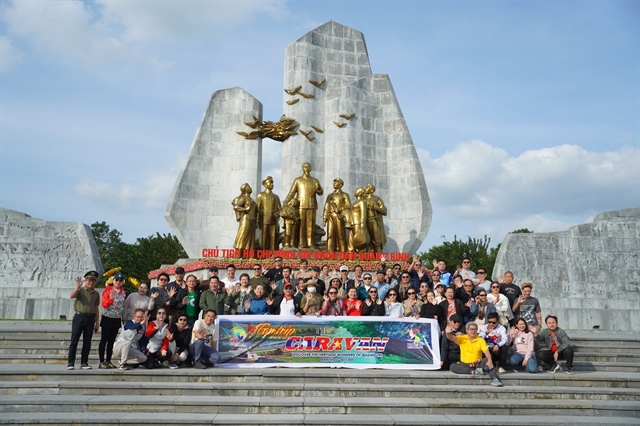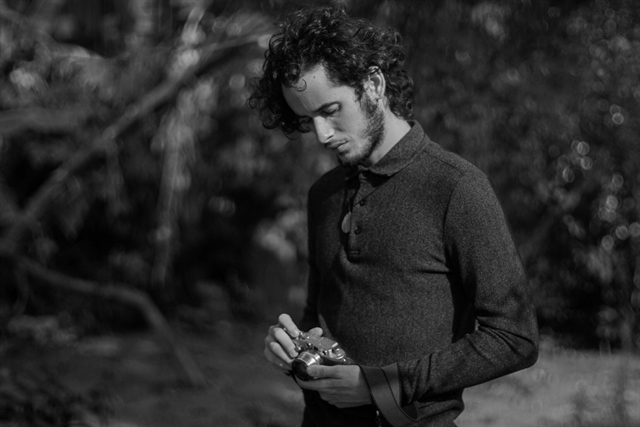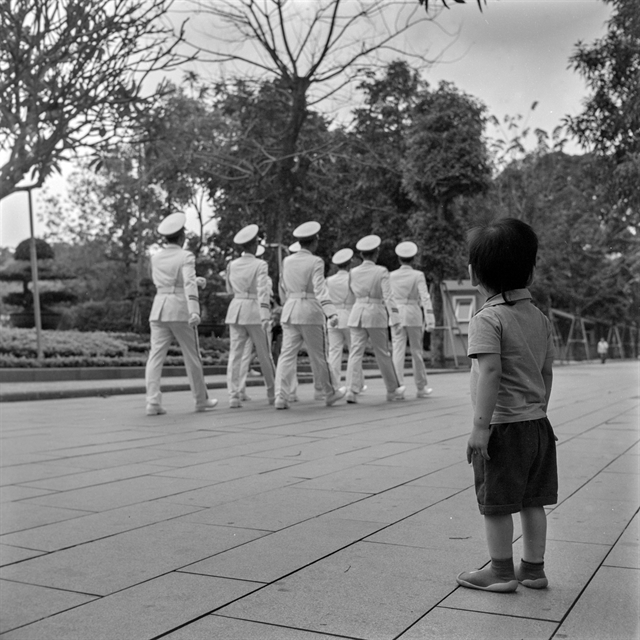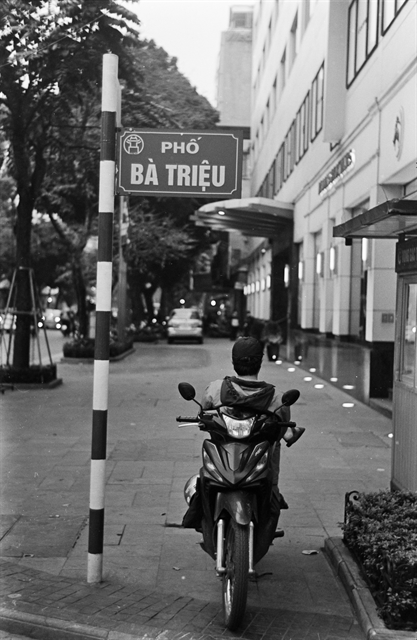 Life & Style
Life & Style

Though the closure of borders across the world forced him to return home on March 18, his short time in Việt Nam to visit the Vietnamese girlfriend he met in Cuba made a big impression.

|
| Cuban photographer Eloy Rodriguez is pictured with one of his cameras. — Photo courtesy of Eloy Rodriguez |
Lương Thu Hương
Neither the great distance nor the spread of the novel coronavirus stopped Cuban photographer Eloy Rodriguez’s from visiting Việt Nam for a few weeks in early March.
Though the closure of borders across the world forced him to return home on March 18, his short time in Việt Nam to visit a "truly important person" made a big impression.
Rodriguez is currently a freshman student of the Institute of Superior Arts of La Habana and teaching photography to newcomers in the laboratory of the institute.
While he made his trip for love, the strange times of the pandemic offered the 22-year-old photographer a chance to capture beautiful pictures of Hà Nội and memories of a lifetime.
“I couldn’t access my planned work sites due to the virus. But most of the places I went weren’t as crowded as I expected and I worked better when mixing with the people,” he recalled.
To pay for the journey, Rodriguez worked various jobs for more than a year and a half as he received no support from any institutions or had any commission.
When he arrived, he was greatly impressed by the warm and friendly locals who made him feel welcome with their hospitality and open hearts.
Though he was only here for a short time, he was given a Vietnamese name – Lợi – by his local friends.
“It made me feel part of the Vietnamese people,” he said.
As well as being taken to tourism destinations in Hà Nội by his friends, Rodriguez captured the daily activities of locals like having meals or fishing by the lake as well as their portraits he took on the streets.

|
| A portrait of an elderly woman in Hà Nội, taken by Eloy Rodriguez. |
All the photos are black and white, taken with his old Rolleiflex and Leica cameras that he purchased in Cuba.
“Many people think that negative is dead but it is really not. In Cuba, we have a small movement of negative photographers who try hard to keep the medium alive.”
According to Rodriguez, the producing process is when the artist interacts with the characters or models of their works.
Similarly, his inspiration is the emotion that the character arouses in him and on the contrary, he also expects to give that character a certain emotion.
One inspirational moment in Hà Nội was when he was leaving the Hồ Chí Minh Mausoleum and saw young soldiers marching.
“There was a little kid crying nearby and then the soldiers’ walk by put a smile on his face. It was so beautiful and I was lucky to have a chance to capture that moment,” he recalled.

|
| Rodriguez's photos of Hà Nội are all in black and white. — Photo courtesy of Eloy Rodriguez |
He is currently working on a variety of projects about ties between Việt Nam and Cuba, one of which is collaborating with Vietnamese publishing Thái Hà Books to launch a photo exhibition about Hà Nội after the pandemic subsides.
In addition, Rodriguez recently held a lecture in the Vietnamese Department of Cuba’s Institute of Friendship with others who have visited Hà Nội to share their experiences about the city.

|
| A photo of a motorbike taxi driver, taken by Eloy Rodriguez. — Photo courtesy of Eloy Rodriguez |
“I’m also working on a script for a short movie inspired by talks I had with Vietnamese people and wish to have it released next year as a way to get out of my routine and add movement to the images I have in my head.
"I will have it done in black and white of course,” he added.
But what the Cuban photographer wants most is the chance to come back to the country he has fallen for.
“I would love to get a scholarship from a Hà Nội school of arts to live and work there for a few months. I want to learn the language, the local perspectives of arts and enrich my knowledge of the country to be able to make more complete works.
“I believe that without being there a bit longer, I won’t be able to grasp what I want from Hà Nội,” he said. — VNS